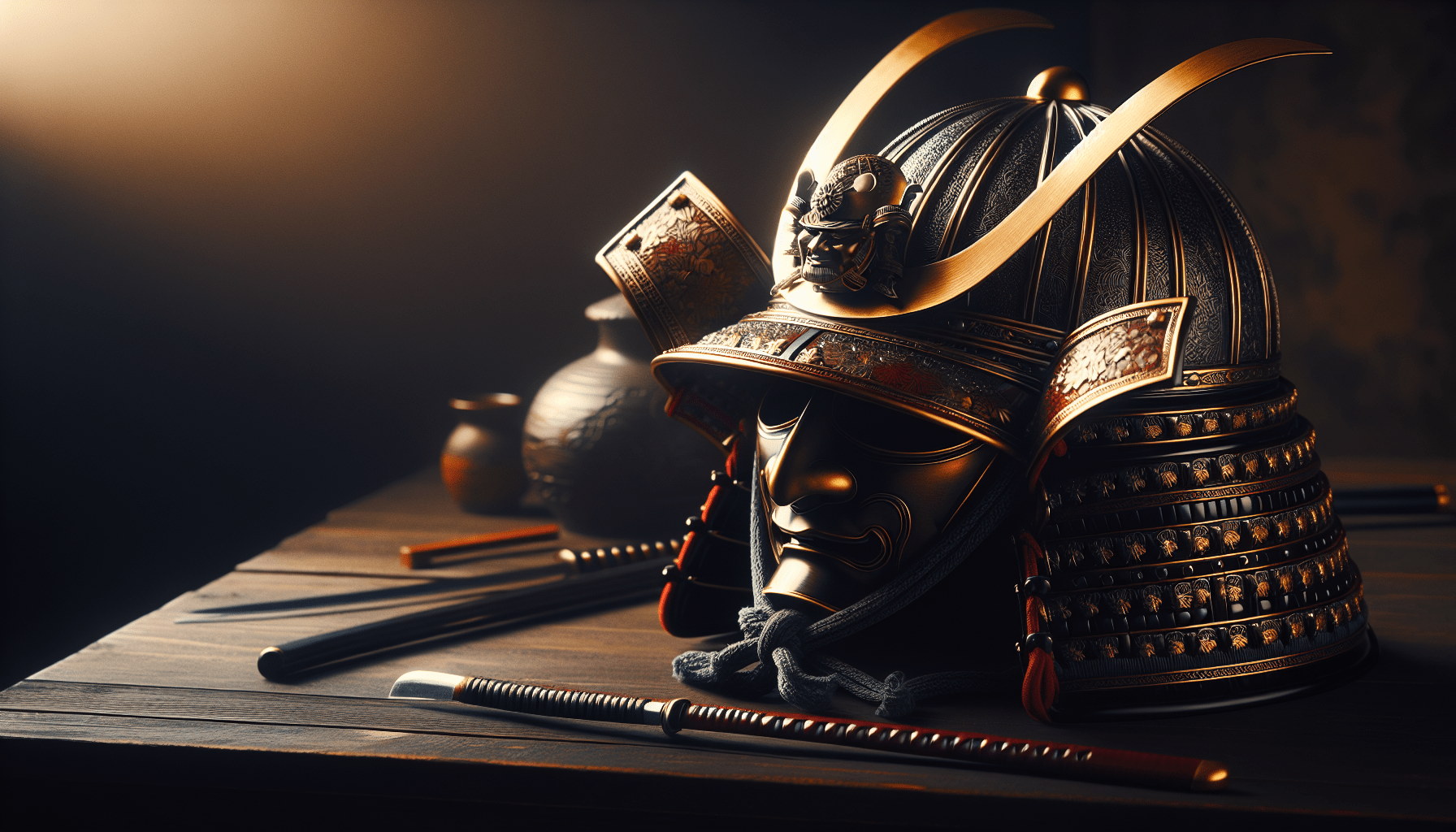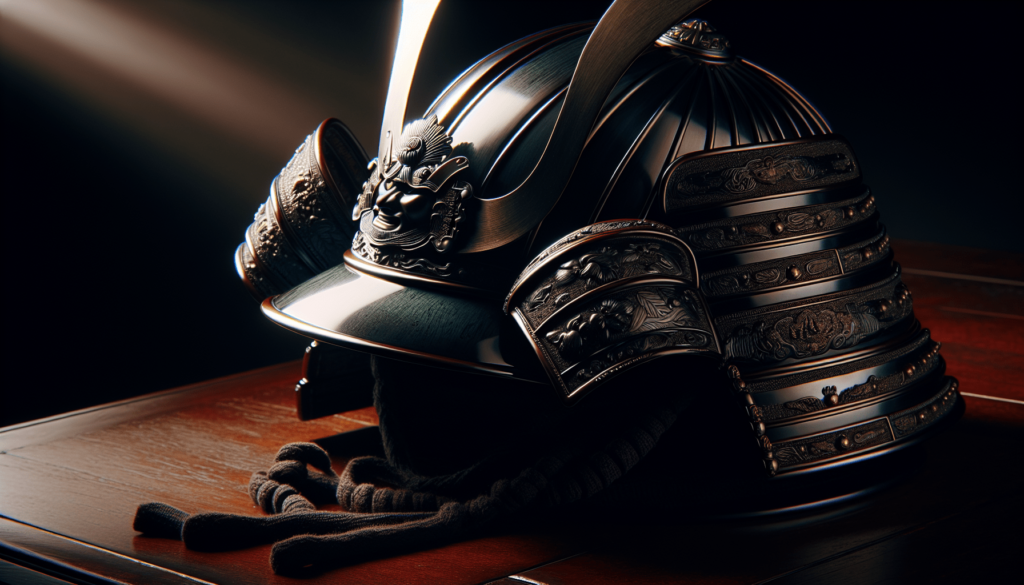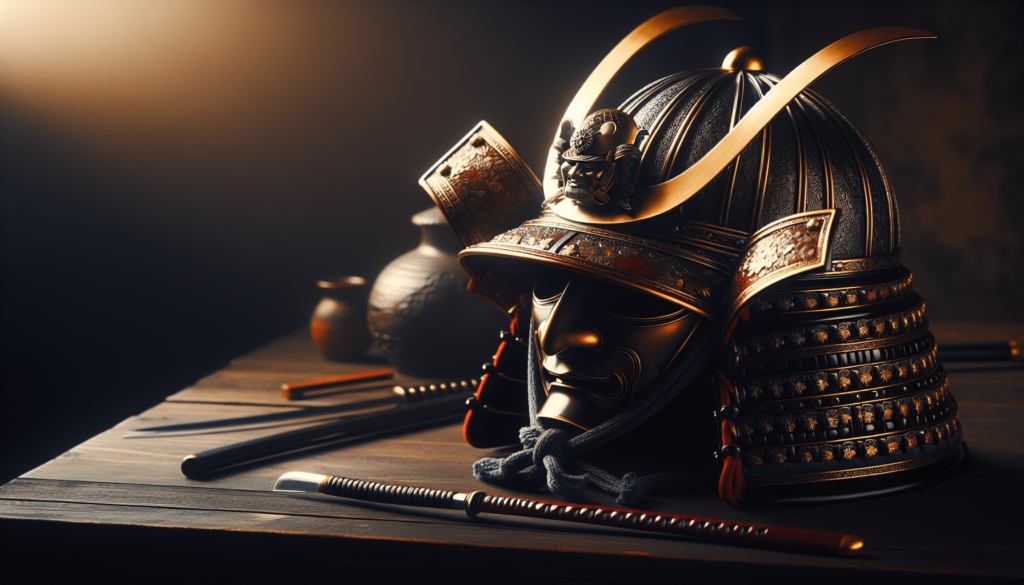
Have you ever wondered how much time and artistry goes into creating a samurai helmet? These remarkable pieces of craftsmanship not only served a functional purpose but also reflected social status, aesthetics, and personal values. Understanding the time involved in crafting a samurai helmet can give you a deeper appreciation for this iconic symbol of the samurai.
The Significance of Samurai Helmets
Samurai helmets, known as “kabuto,” played an essential role in Japanese history and culture. They were not mere protective gear; they were exquisite works of art that showcased the skill of their makers. The kabuto was often adorned with intricate designs and motifs, telling stories of honor, warfare, and lineage.
Creating a kabuto involves a blend of artistry, metallurgy, and history. The process reflects the social and military values of the time, where a samurai’s helmet could signify their rank and family heritage. Understanding this significance sets the stage to appreciate the countless hours dedicated to their creation.
Traditional Crafting Techniques
The art of crafting a samurai helmet has evolved over centuries but remains rooted in traditional methods. Some of the techniques used in the creation of kabuto include:
- Metalworking: The primary material for the helmet was typically iron or bronze. Craftsmen would heat, shape, and treat the metal to create a durable shell.
- Lacquerwork: After forming the metal, the helmet often received a lacquer finish to provide protection and enhance its aesthetic appeal. This process required significant time, as layers of lacquer needed to dry fully between applications.
- Decorative Elements: These helmets featured various ornamental pieces, such as crests (maedate) and neck guards (shikoro). Each of these elements needed crafting and precise fitting, taking their own amount of time.
Traditionally, creating a kabuto required the combined efforts of multiple artisans specializing in different techniques. This collaborative approach not only enhanced the quality but also added to the timeline of the crafting process.
Time Involved in Crafting a Samurai Helmet
Understanding how much time goes into crafting a samurai helmet allows you to appreciate the meticulous effort behind each piece. The timeline can vary significantly based on factors like complexity, size, and decoration. Here’s a breakdown of the general time investment required for each phase of crafting a kabuto:
| Phase of Crafting | Estimated Time |
|---|---|
| Design and Planning | 1 to 2 weeks |
| Metal Shaping | 2 to 3 weeks |
| Lacquering | 1 to 2 weeks |
| Decoration | 1 to 2 weeks |
| Final Assembly | 1 week |
| Total Time | Approximately 6 to 10 weeks |
Design and Planning
Before any metal meets the flame, a design has to be conceived. This initial phase allows you to gather inspiration, understand historical contexts, and plan the overall aesthetics of the helmet. You can experiment with shapes, sizes, and ornamentation styles during this time. On average, this phase might take about one to two weeks, giving you a solid foundation to build upon.
Metal Shaping
After you have your design ready, it’s time to turn those ideas into metal. The shaping process is intense and laborious, often requiring two to three weeks depending on the helmet’s complexity. Craftsmen utilize specialized tools to heat, bend, and mold metal sheets into the desired form.
Different techniques such as folding and welding are crucial to create a strong yet lightweight helmet. The main goal during this phase is to ensure durability while maintaining the intricate details laid out in the design.
Lacquering
Once the metalwork is complete, the kabuto needs a protective coat of lacquer. This step not only safeguards the helmet from rust and wear but also enhances its visual appeal. You can expect this phase to take about one to two weeks, as multiple layers of lacquer are applied to achieve the perfect finish.
Each application requires time to dry properly before the next layer can be added. This meticulous process ensures that the final helmet has a rich, polished appearance.
Decoration
Decorative elements can vary widely, reflecting both personal and familial significance. Adding intricate decorations like crests, family emblems, and other embellishments can take an additional one to two weeks. This phase allows for artistic expression, as every detail can carry a story or meaning.
Depending on the specifics of the helmet, you may need to carve, paint, or even attach fabric or leather details, each requiring careful execution to complete the design.
Final Assembly
As the pieces come together, final assembly typically takes about one week. During this time, you’ll ensure all components fit seamlessly, adjusting where necessary. This last phase is crucial for the kabuto’s function and aesthetic, as adjustments can greatly affect comfort and wearability.

Factors Influencing Time
Various factors can influence the time required to craft a kabuto. Understanding these can provide insights into why some helmets take longer than others:
Complexity of Design
A more intricate design demands additional craftsmanship, extending the timeline. Complex patterns and embellishments take time to create and require skilled artisans. Additionally, helmets designed for ceremonial purposes may involve even more elaborate details compared to functional designs.
Skill Level of Craftsmen
The time involved can also vary based on the skill level of the artisans involved. A seasoned craftsman may move more quickly through the metalworking and decorative phases than someone still honing their skills. Experienced artisans can also foresee challenges and work more efficiently to avoid delays.
Material Availability
The availability of quality materials can impact the crafting time. If rare metals or unique lacquers are needed, sourcing them can take longer, elongating the overall timeline.
Historical Context
Certain historical periods experienced variations in techniques and materials, affecting the crafting time. For instance, during times of war, the need for armor could lead to quicker production methods, potentially sacrificing some artfulness in the design.
The Cultural Impact of Samurai Helmets
Understanding the intricate time and effort behind a samurai helmet reveals the broader cultural implications of these remarkable artifacts. They symbolize much more than protection; they reflect a warrior’s status, identity, and artistry.
Social Hierarchy and Tradition
In feudal Japan, the type and decoration of a kabuto often mirrored a samurai’s social standing. Unique designs and lavish ornamentation could denote high rank, while simpler designs were reserved for lower-ranking warriors. This social hierarchy fostered a tradition of craftsmanship that prioritized not only functional armor but also the expression of personal and familial pride.
Artistic Expression
The aesthetics of samurai helmets became a canvas for artistic skill. Craftsmen took immense pride in their creations, pouring their legacy into each piece. The combination of functionality and artistry in kabuto design encouraged innovations that influenced broader Japanese artistic trends.

Conclusion
Now that you have a clearer sense of the time and complexity involved in crafting a samurai helmet, it’s easy to see why these pieces of armor are celebrated not just for their purpose, but for their artistry and cultural significance. The blend of metalwork, lacquer, and decoration forms a rich tapestry of history that each kabuto carries with it.
Crafting a samurai helmet is an involved process, often ranging from six to ten weeks, depending on various factors, including complexity, artisan skill, and material availability. Ultimately, the time and effort poured into making these helmets demonstrate the profound importance of tradition, artistry, and identity in samurai culture.
When you consider the rich history and artistry behind the kabuto, you begin to appreciate them not only as armor but as intricate artworks that have withstood the test of time. Their legacy continues to fascinate and inspire, reminding you of the artistry involved in creating something remarkable.



